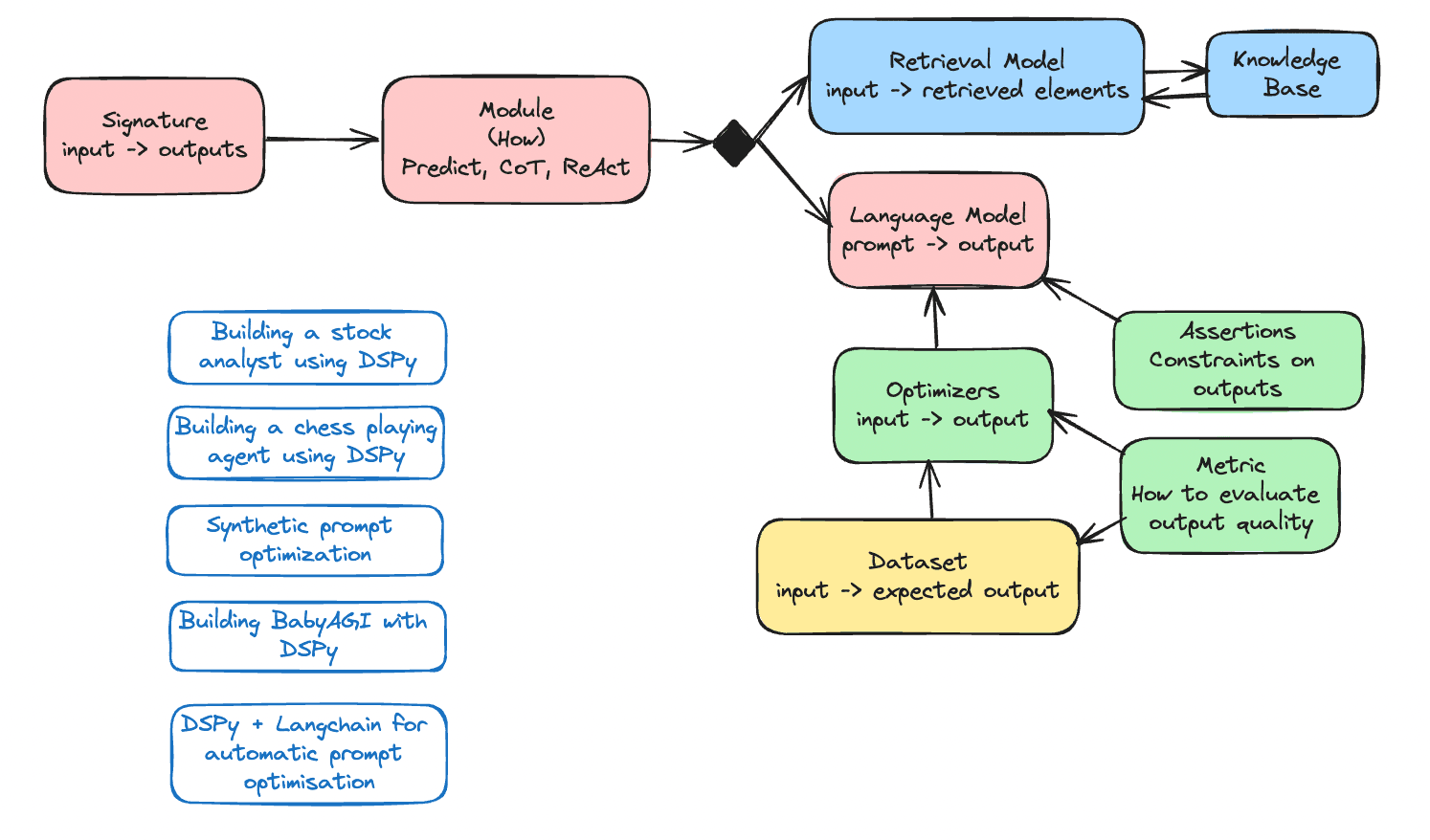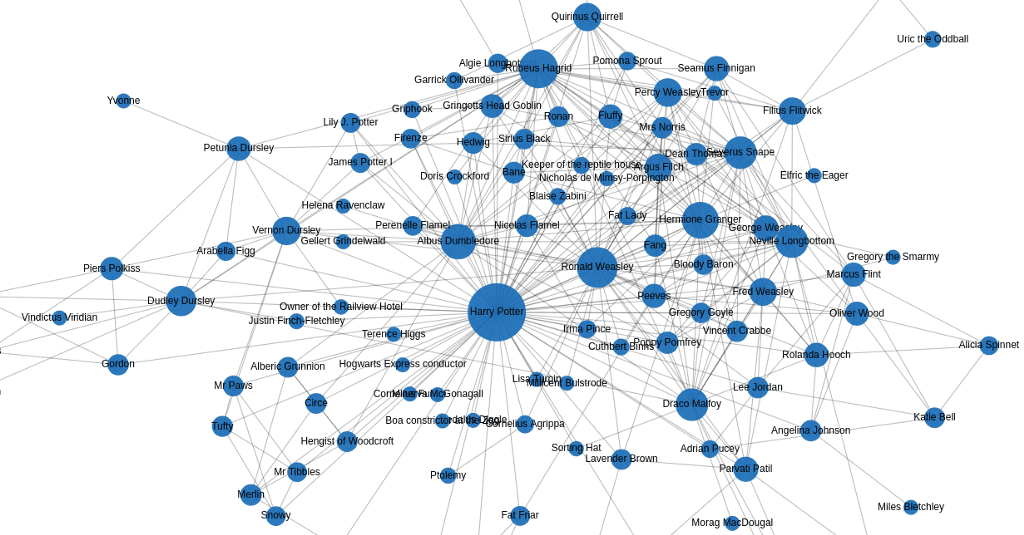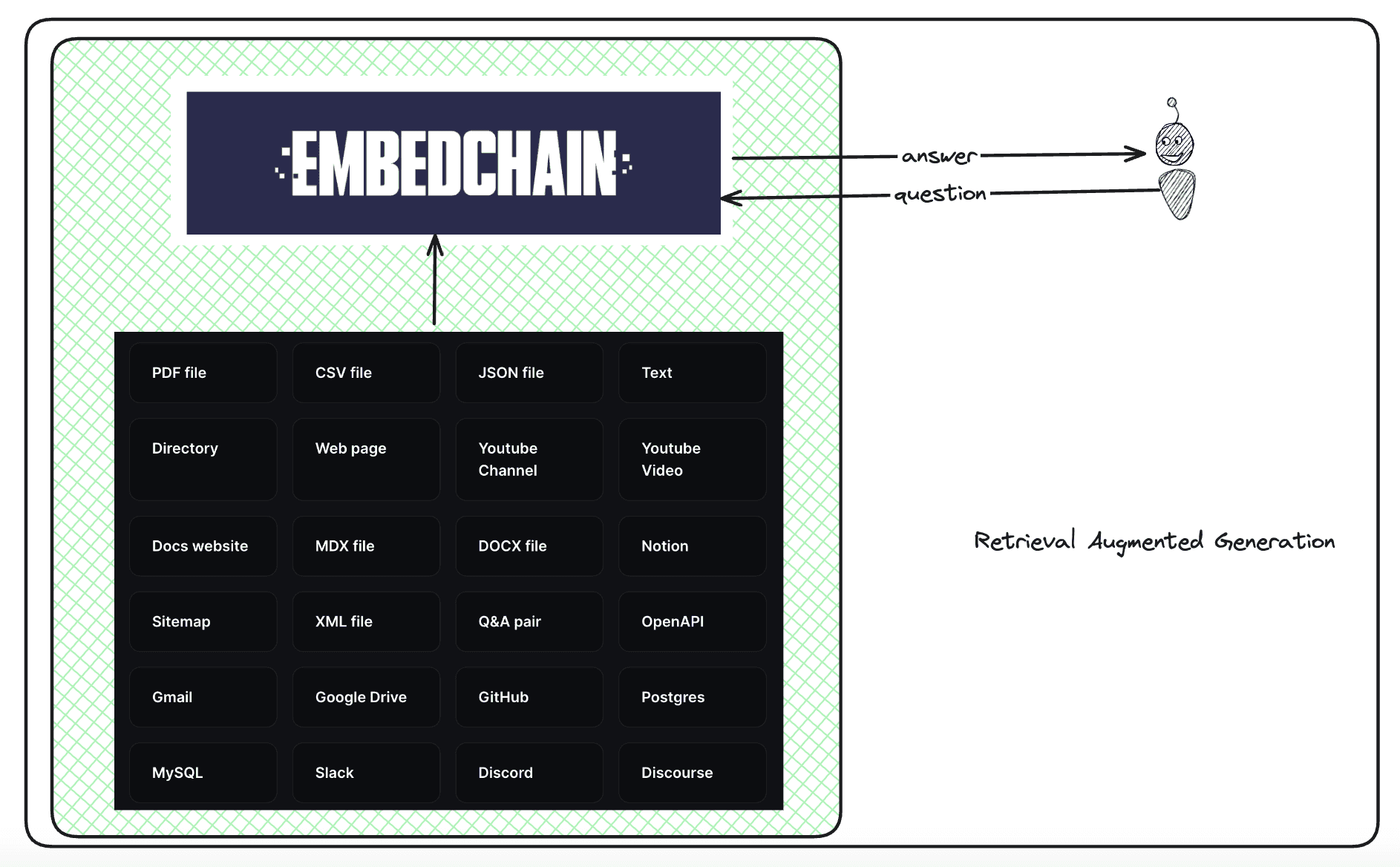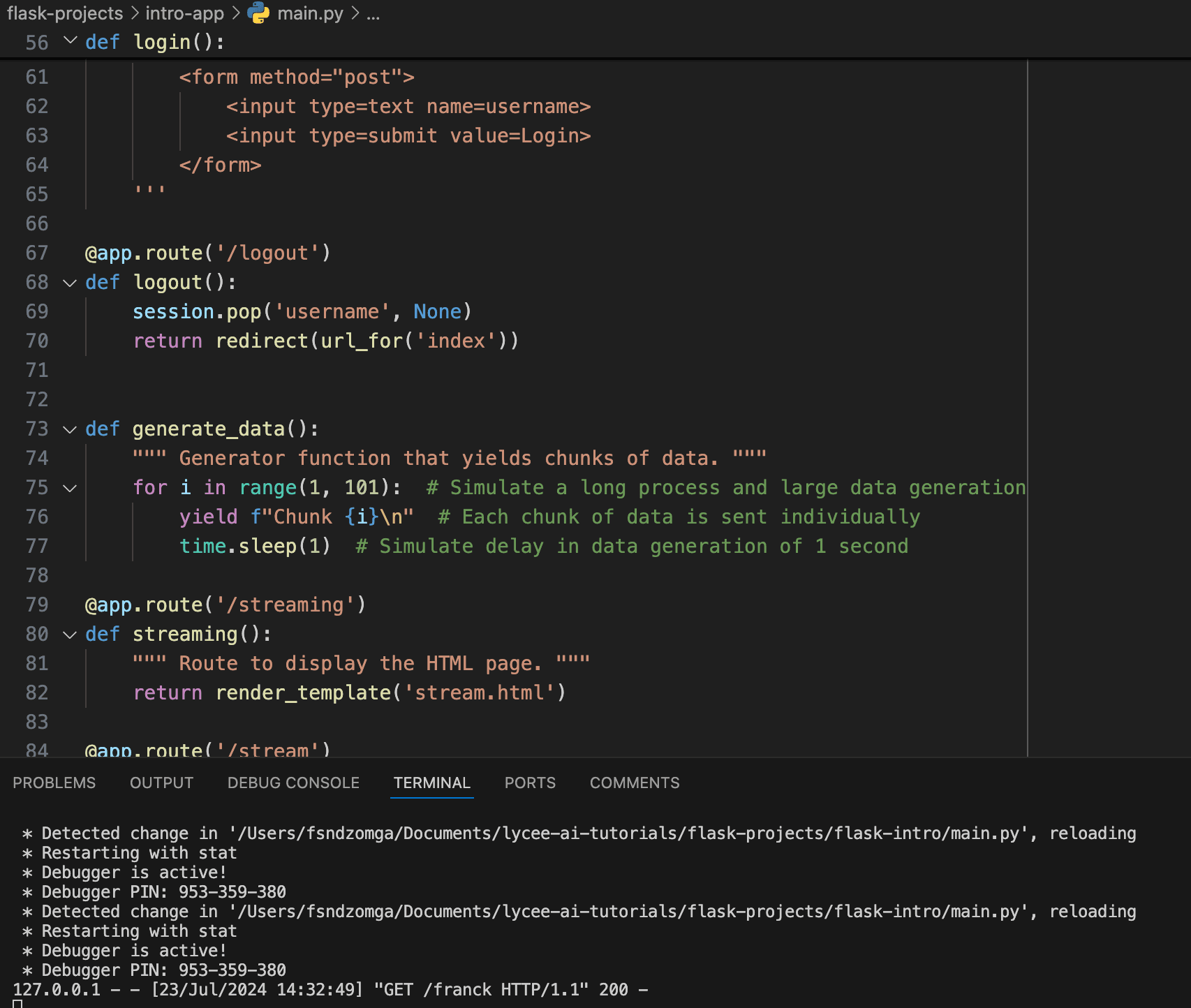
Course Category: Generative AI
Course Description
Large Language Models (LLMs) are compressions of human knowledge found on the internet, making them fantastic tools for knowledge retrieval tasks. However, LLMs are prone to hallucinations—producing false information contrary to the user's intent and presenting it as if it were true. Reducing these hallucinations is a significant challenge in Natural Language Processing (NLP).
One effective solution is Retrieval Augmented Generation (RAG), which involves using a knowledge base to ground the LLM's response and reduce hallucinations. RAG enables LLMs to interact with your documents, the content of your website, or even YouTube video content, providing accurate and contextually relevant information.
Throughout this project, you'll acquire a diverse set of skills crucial in modern technology and software development fields. These include:
- API Design and Management: Learn to design and manage APIs efficiently.
- Data Handling and Parsing: Master robust techniques for handling and parsing data across various document formats.
- Database Design and Management: Gain proficiency in structuring and manipulating data in databases.
- AI Model Integration: Seamlessly incorporate advanced AI functionalities into your applications.
By the end of this project, you will be able to build a complete RAG system from scratch using FastAPI and OpenAI’s API. The only prerequisites for this project are some experience with Python and a basic understanding of web development.
Enroll Now in Building a Retrieval Augmented Generation System Using FastAPI
Course Chapters
-
Introduction
- Status: Free
- Publication Status: Published
- Description: An introduction to the course, including an overview of LLMs, hallucinations, and the concept of RAG.
-
Basic API Endpoints
- Status: Free
- Publication Status: Published
- Description: Learn how to create and implement basic API endpoints using FastAPI.
-
Basic API Endpoints (Solved)
- Status: Published
- Description: A solved example of basic API endpoints for better understanding.
-
Adding OpenAI's API
- Status: Published
- Description: Integrate OpenAI's API to enhance your FastAPI application with LLM capabilities.
-
Adding OpenAI's API (Solved)
- Status: Published
- Description: A solved implementation of OpenAI's API integration.
-
Tests and Better Upload
- Status: Published
- Description: Improve your API with tests and better file upload functionality.
-
Tests and Better Upload (Solved)
- Status: Published
- Description: A solved example to guide you through testing and enhancing file uploads.
-
Parsing Files
- Status: Published
- Description: Learn how to parse various file formats to extract useful information.
-
Parsing Files (Solved)
- Status: Published
- Description: A solved example of file parsing for accurate data retrieval.
-
Creating a PostgreSQL Vector Database
- Status: Published
- Description: Set up and manage a PostgreSQL vector database to store and retrieve structured data.
-
PostgreSQL Vector Database (Solved)
- Status: Published
- Description: A solved guide to creating and using a PostgreSQL vector database.
-
Background Tasks
- Status: Published
- Description: Implement background tasks in your FastAPI application for better performance.
-
Background Tasks (Solved)
- Status: Published
- Description: A solved implementation of background tasks.
-
DB and API Together
- Status: Published
- Description: Integrate your database and API for a seamless RAG system.
-
The End
- Status: Published
- Description: Conclusion and final thoughts on building a RAG system using FastAPI.
This course is ideal for developers looking to build advanced applications that leverage LLMs while minimizing the risk of hallucinations. By the end, you'll be equipped with the skills to build robust RAG systems, enhancing your applications' accuracy and reliability.



